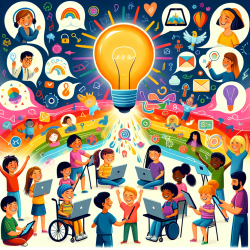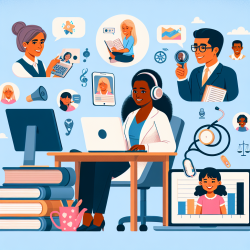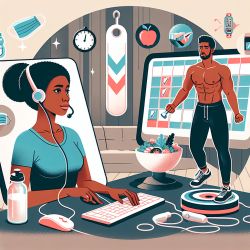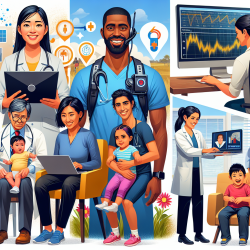Understanding the Challenges of IEP Planning
Individualized Education Program (IEP) planning is a cornerstone of ensuring that children with special needs receive the tailored education they deserve. However, the process can be demanding and, at times, overwhelming for educators, therapists, and families alike. With increasing caseloads and complex requirements, burnout is a significant risk. Government health regulators have a unique opportunity to support these stakeholders by promoting data-driven solutions that streamline IEP planning and meetings.
The Role of Data in Streamlining IEP Processes
Data-driven decision-making is crucial in creating efficient and effective IEP plans. By leveraging data, schools and therapy providers can:
- Identify trends in student performance and needs, allowing for proactive adjustments in educational strategies.
- Facilitate better communication between educators, therapists, and families, ensuring that all parties are informed and engaged.
- Reduce redundancy and paperwork, freeing up valuable time for direct student interaction and support.
For instance, using online therapy services, such as those provided by TinyEYE, schools can gather comprehensive data on therapy sessions, track progress, and adjust goals in real-time. This not only enhances the quality of service but also reduces the administrative burden on educators and therapists.
Innovative Solutions to Combat Burnout
To address burnout effectively, it is essential to incorporate innovative solutions that prioritize both efficiency and well-being. Here are some strategies that government health regulators can advocate for:
- Invest in Technology: Encourage the adoption of digital tools that facilitate remote IEP meetings and provide access to online therapy services. This flexibility can alleviate scheduling pressures and reduce travel-related stress.
- Professional Development: Support ongoing training for educators and therapists in data analysis and digital literacy. Empowering professionals with these skills can lead to more effective IEP planning and implementation.
- Collaborative Networks: Foster communities of practice where educators and therapists can share insights, strategies, and resources. This peer support is invaluable in reducing feelings of isolation and burnout.
Creating Inspired Outcomes for Children
Ultimately, the goal of any IEP is to inspire and enable children to reach their full potential. By embracing data-driven approaches and innovative solutions, government health regulators can help create environments where educators and therapists feel supported and energized. This, in turn, leads to better outcomes for the children they serve.
In conclusion, while the challenges of IEP planning are significant, they are not insurmountable. With the right tools and support, educators and therapists can overcome burnout and focus on what truly matters: the well-being and success of their students. By championing these data-driven strategies, we can ensure that every child receives the personalized education they deserve.










